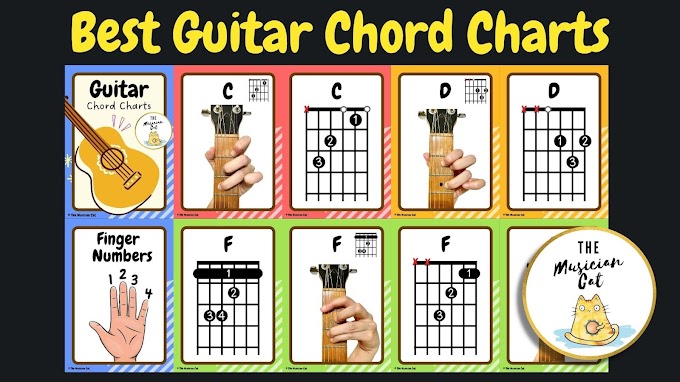Students watched the video above and we discussed the following questions.
Were the drums playing from the beginning?
Which instrument plays the main melody?
How does that instrument produce a sound?
What were some interesting things you notice the musician doing with the strings?
How is it different from the way you play the ukulele?
I tried to get a few students to demonstrate the glissando and vibrato effect using the ukulele.
I briefly explained these 4 elements found in indian music:
Drone - It relies on a sustained sound that is heard throughout the piece. The drone consists of only two notes that act as a foundation to the whole piece.
Melody - The melody is improvised on a special selection of notes called a ‘raga’. Each piece is based on a specific raga, which the melody players explore and improvise on.
Rhythm - The ‘tala’ is a basic rhythmic pattern or cycle. The tala is repeated many times in a similar way but the player gradually subdivides and embellishes the basic beats, creating very complex patterns.
Improvisation - Since Indian music is not written down, musicians have to Improvise (make up the music). But they have to improvise within a set of rules, which are based on the chosen raga and tala that the musicians have chosen to play.
Referring to the video played at the beginning of the class, we tried to identify the 4 elements in the music.
Each syllable represents a certain way to hit the tabla such that it produces a different sound.











0 Comments